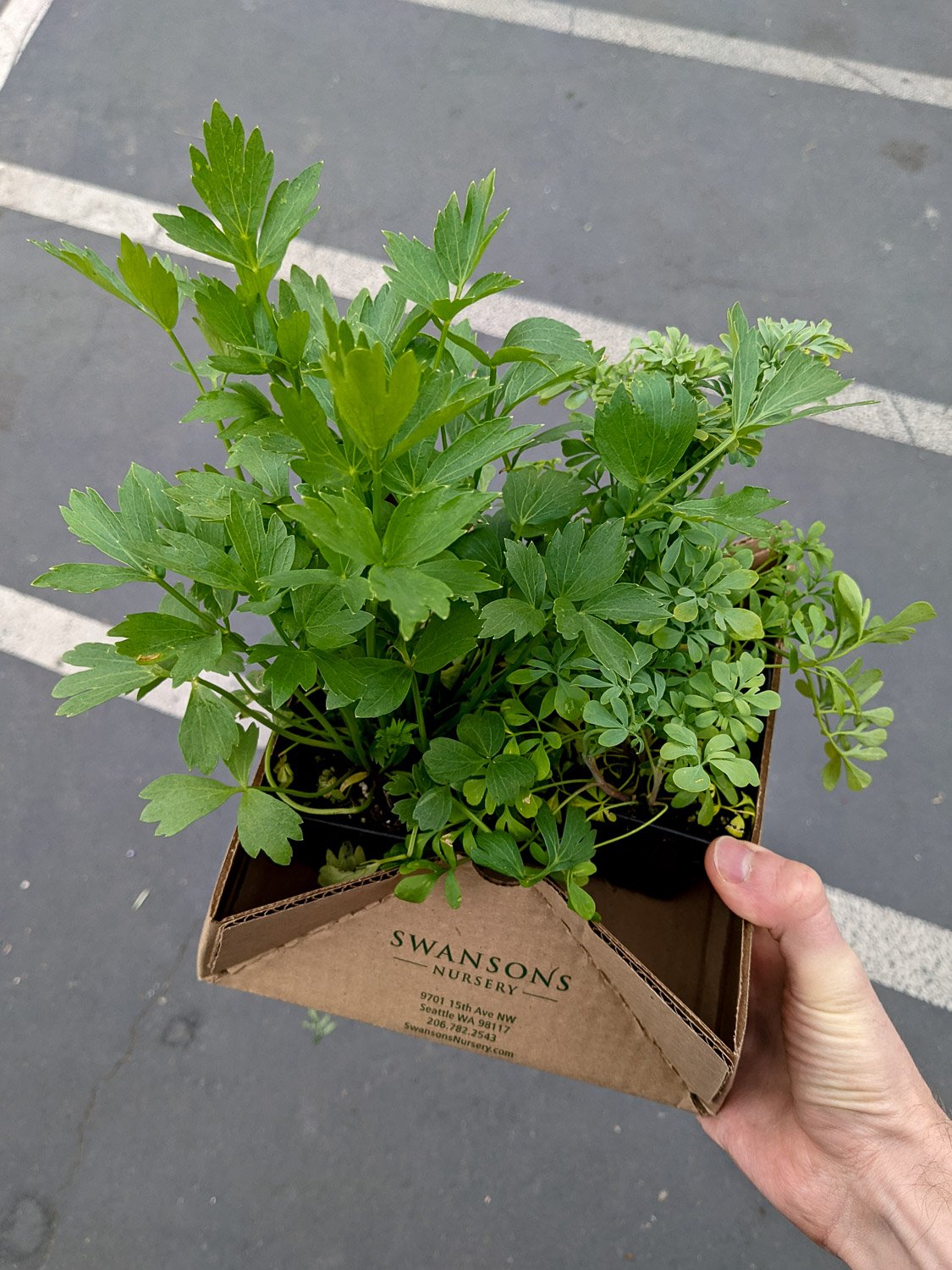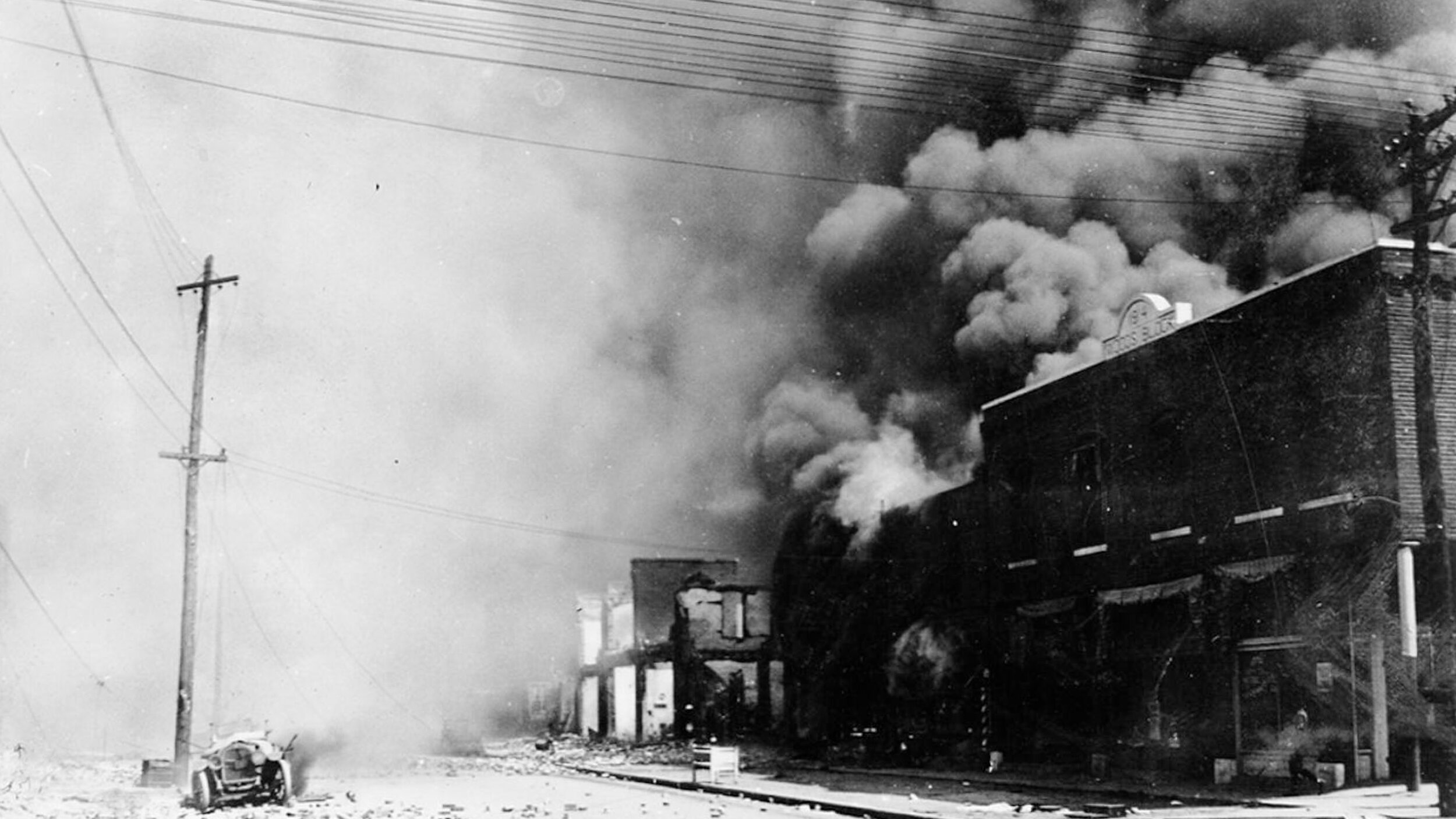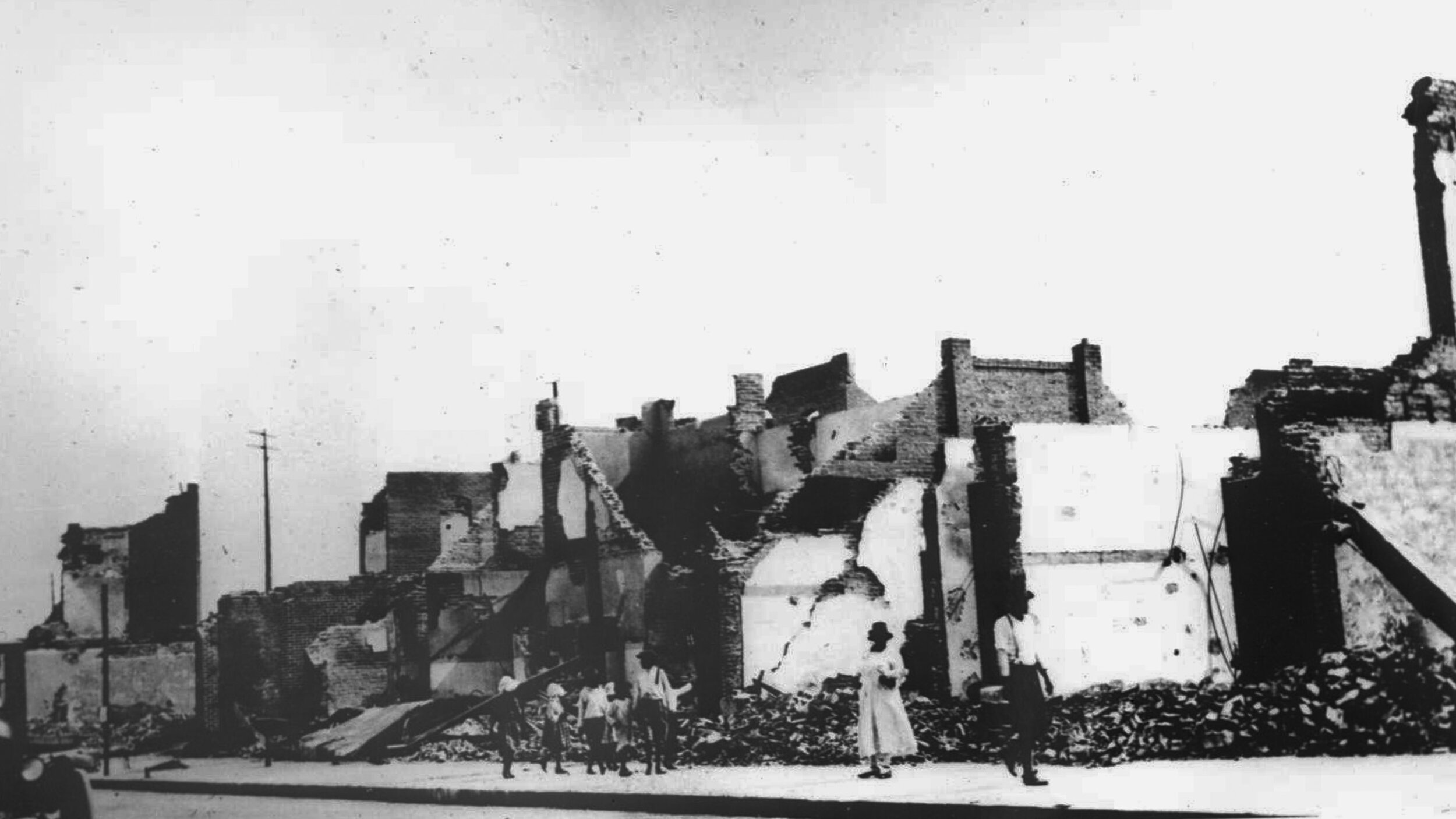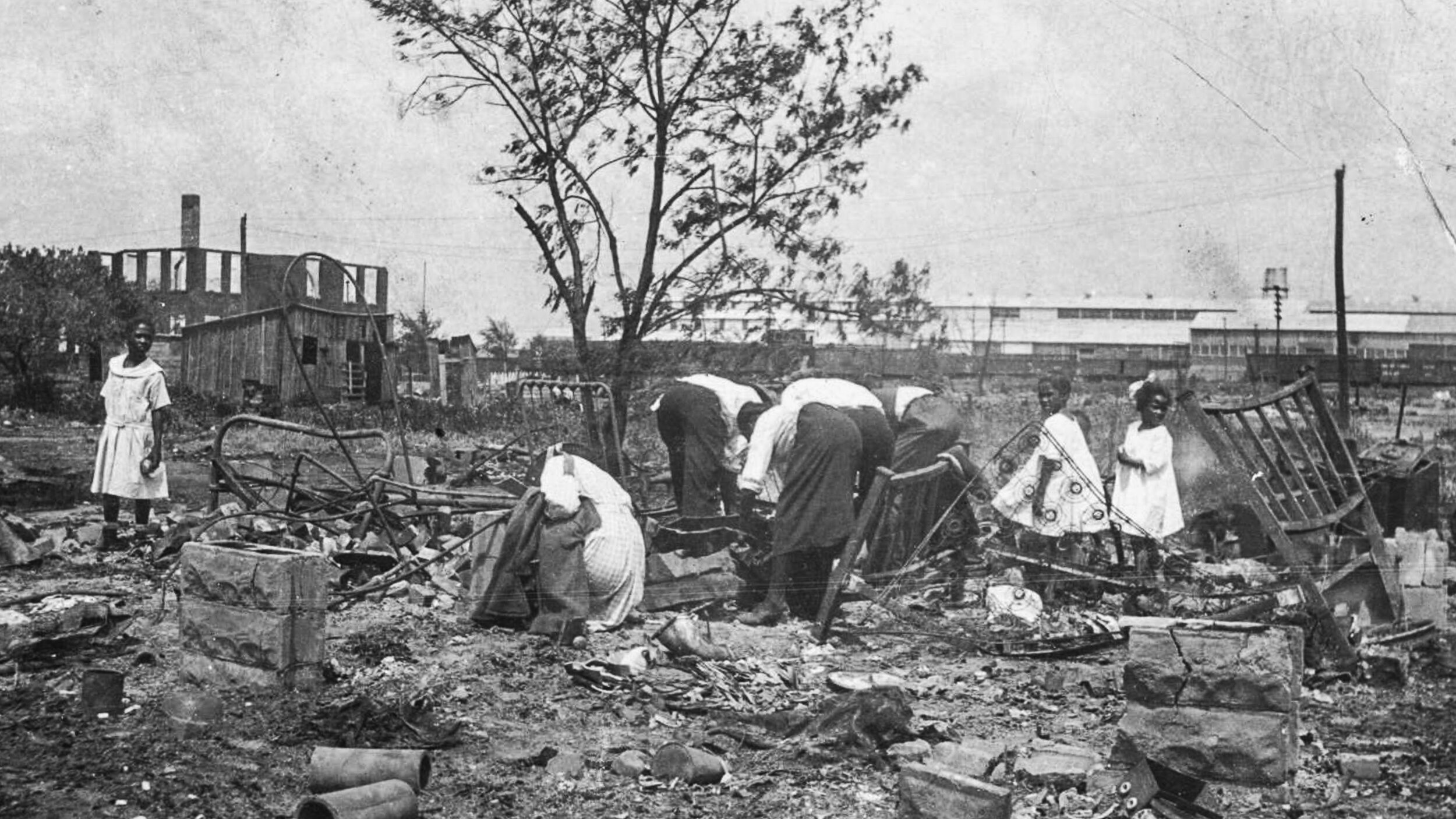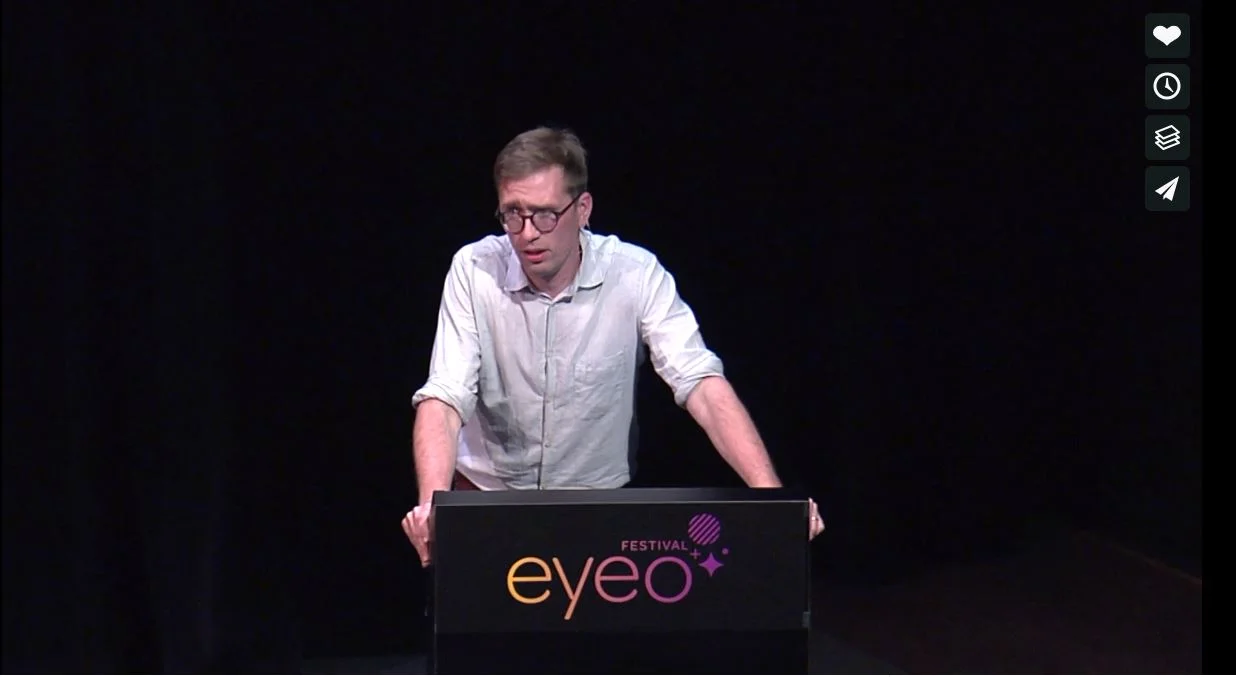HBM154: Ancient Roman Recipes
/Digital render by Jeff Emtman featuring a public domain illustration of the lovage plant by Joseph Miller (via the New York Public Library’s digital collection)
Sally Grainger was originally a chef, but in her 20’s, she was gifted a copy of an ancient Roman cookbook called Apicius.
Apicius is a bit of a fluke. It shouldn’t have survived the 2000-ish year journey into the modern era, but it did. And in this episode of Here Be Monsters, Grainger explains how Apicius persisted due to being a favorite text for monks-in-training to practice their gilding skills. And thus, this fascinating book of recipes (featuring cooking instructions for boiled ostrich soup, complex sauces, and cucumbers stewed with brains) is still feeding people today.
While cuisine today might seem distant from ostrich soup, Grainger thinks that Roman food often gets inaccurately portrayed as overly decadent or overly spiced. Cooked correctly, the cuisine is quite balanced, she says. And in her book, Cooking Apicius, she uses her knowledge of ancient Roman life to put the recipes in context for a contemporary kitchen and contemporary cooks.
Sally Grainger cooking Chestnut Lenticulam. An ancient Roman recipe from the book Apicius.
Also, on this episode, Jeff also reads from a 1932 English translation of Apicius by Joseph Dommers Vehling, which is available in the public domain thanks to Project Gutenberg.
Producer: Jeff Emtman
Music: The Black Spot
Have you seen the new HBM stickers? They’re beautiful. Get yours here. As of publish date: if you buy 4, one of them will be free. The discount gets applied automatically when you add them to your cart.


